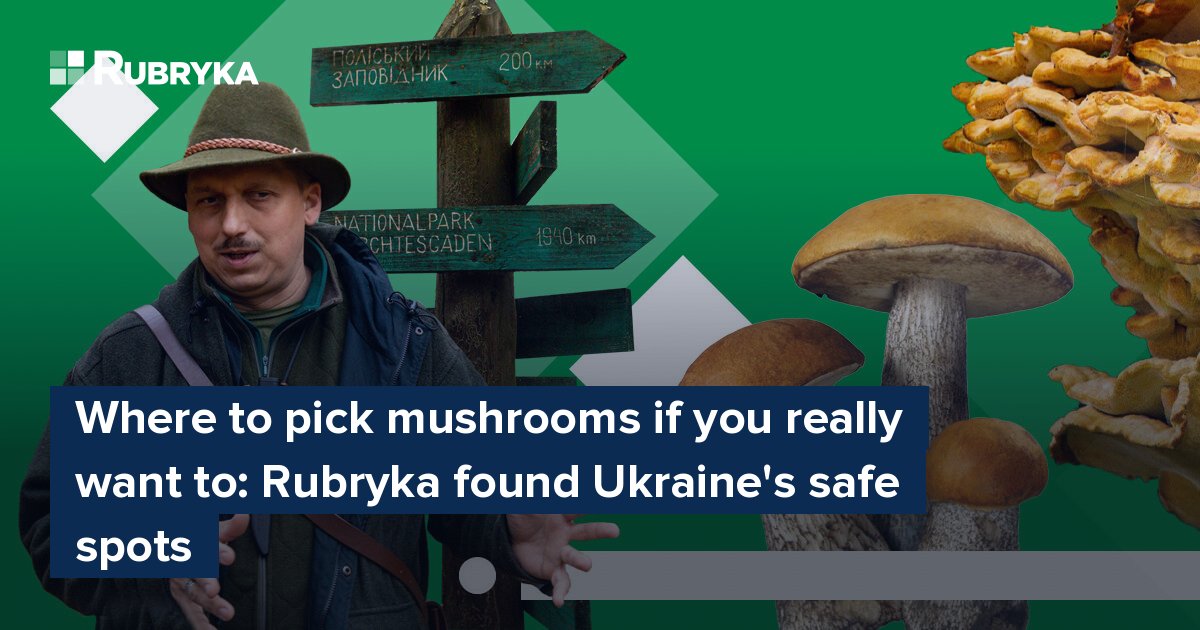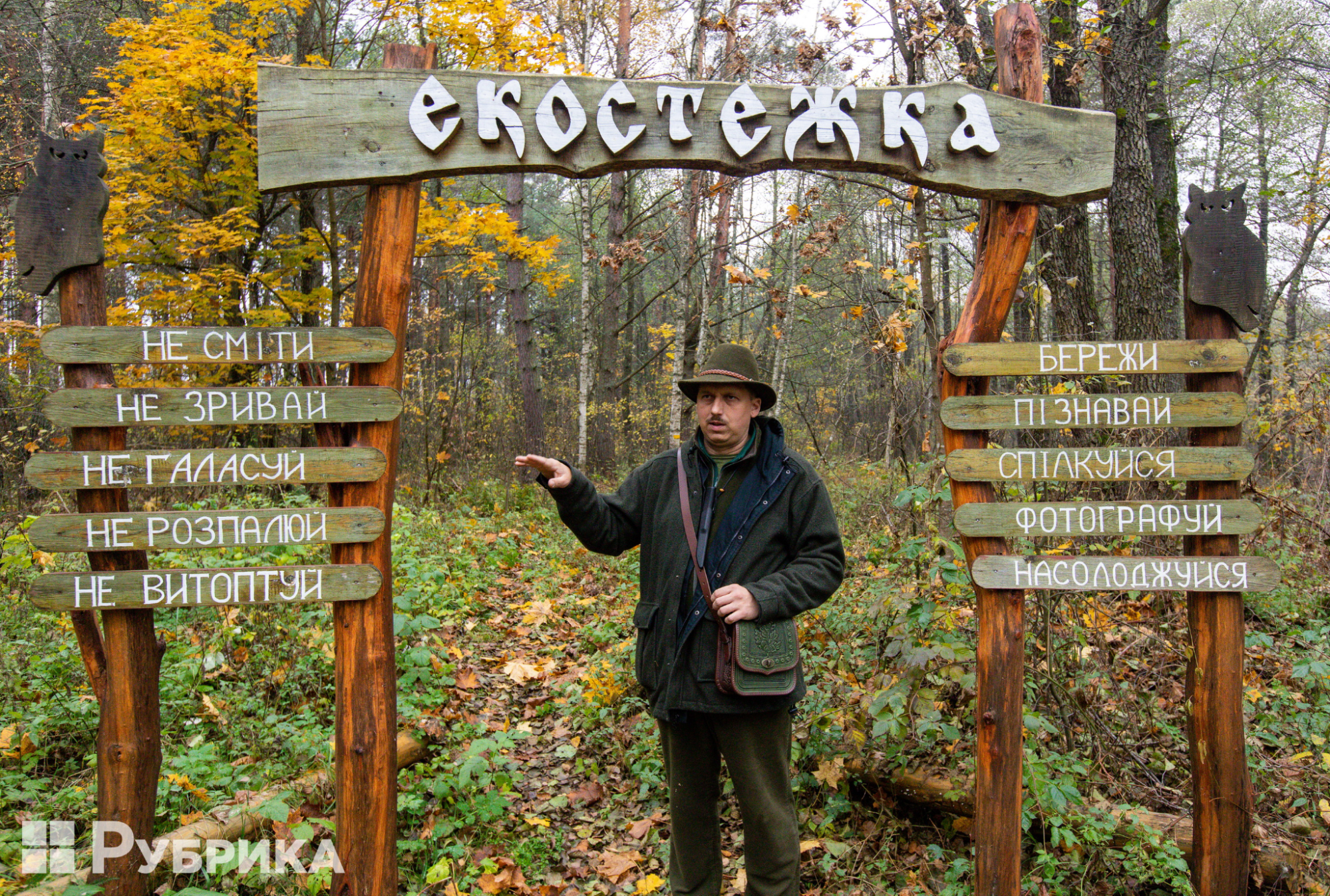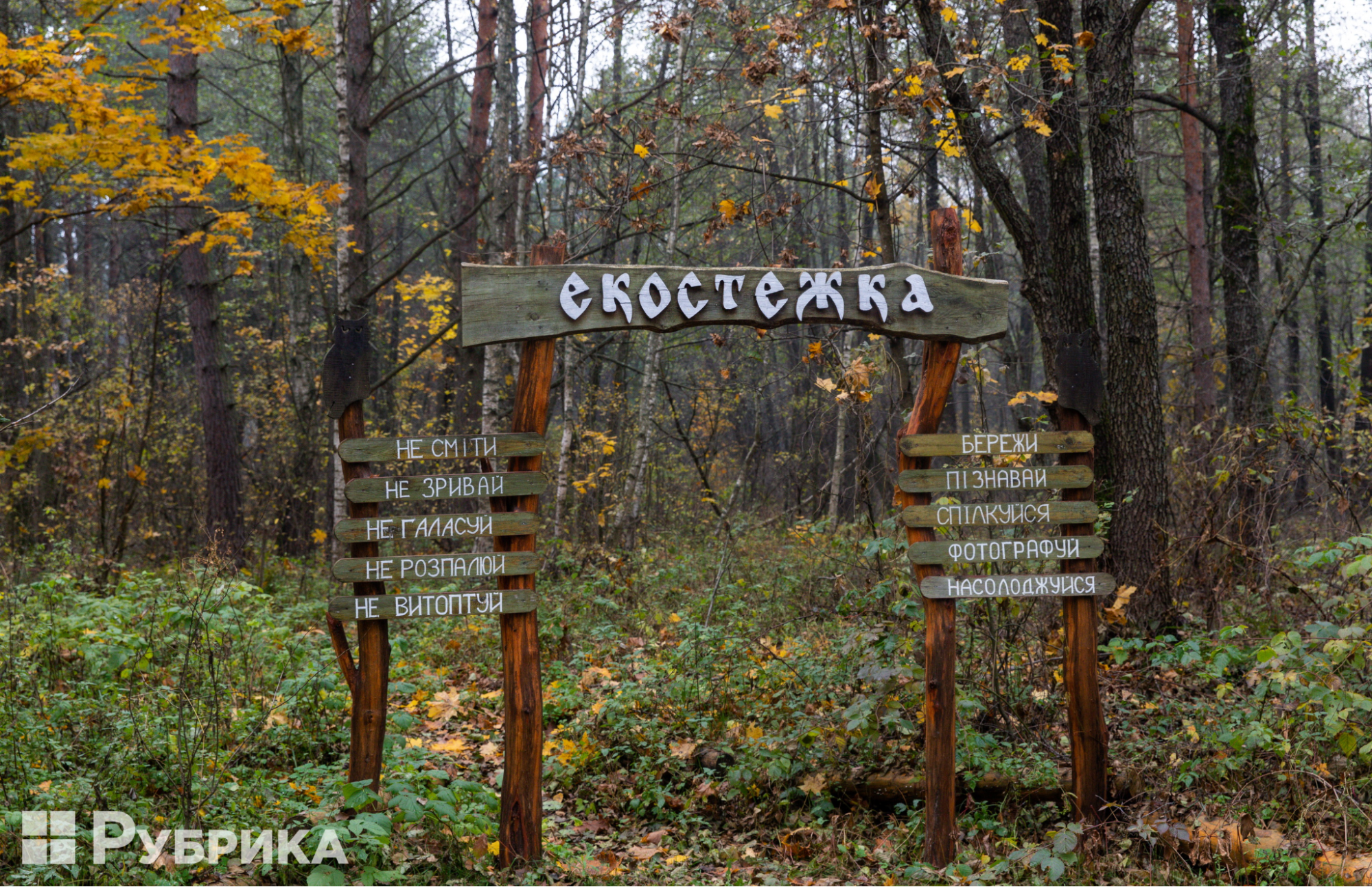
What is the problem?
No mushrooms this year
Autumn is the season for gathering mushrooms, and many people in Ukraine consider this process an annual tradition. It's difficult to refuse a walk through the crimson forest when the weather is still good and the sun gives off its last warmth. At the same time, we see news that here and there, mushroom pickers have fallen victim to tripwires and mines left by the russians in the forests.

It is for this reason that visiting forests is prohibited in 15 regions of Ukraine: Cherkasy, Kyiv, Chernihiv, Kharkiv, Sumy, Vinnytsia, Mykolaiv, Odesa, Kirovohrad, Kherson, Zaporizhia, Dnipropetrovsk, Poltava, Donetsk, and Luhansk.
You may not even walk "carefully" through the forest. Danger can hide anywhere
The russian enemy has planted explosive devices that are difficult to find. For example, tripwires can be completely invisible, anti-personnel mines can blend in with foliage, and anti-tank mines can be hidden in deeper soil layers. Noticing mines and other explosive objects in the forest is extremely difficult.
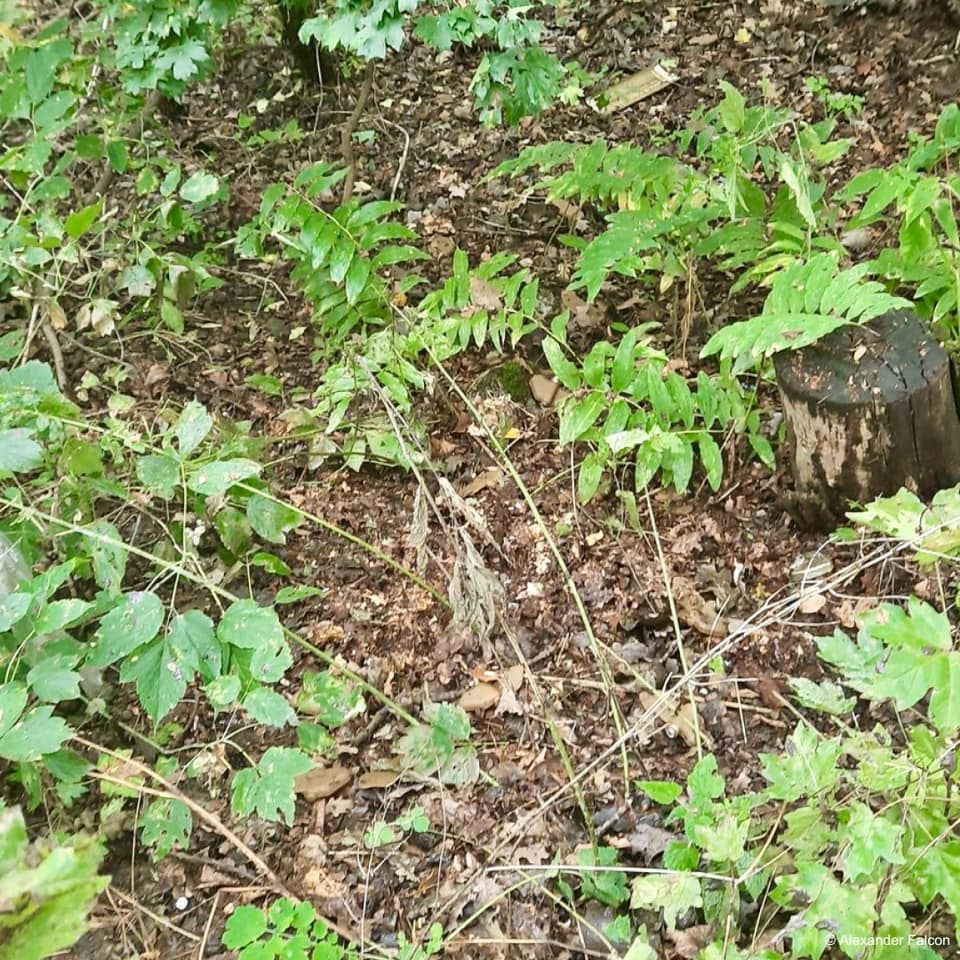
That's what the mines, called "frogs," look like. These are dangerous explosives left behind by the russians. It is hazardous to come across one and tough to notice.

Why can't you walk through the woods, even if there were no hostilities?
Hanna Lobchenko, manager of the Forests department of WWF-Ukraine, explains:
"There are areas, even in supposedly safe areas, that have certain warning military-tactical objects, so visiting them is also prohibited for reasons of state security. Today, emergency services have a certain priority in demining the territory. As a rule, these are settlements, adjacent territories, and infrastructure facilities. Forests will be demined last."
According to Mykhailo Bohomaz, Hanna's WWF colleague, sappers are actively working, but we should not expect the affected forest areas to be suitable for forestry and visiting soon. Approximate time estimates for Ukraine's State Emergency Service and Ministry of Internal Affairs to demine the entire territory of Ukraine are at least ten years. But the experience of European countries where hostilities occurred, such as Bosnia and Herzegovina, Croatia, and North Macedonia, shows that a quick and effective solution to the problem of mined forests has yet to be invented. Many forests remain partially or entirely mined and closed to visitors and forestry activities. They usually receive a special category and become exclusion zones.
The danger of visiting forests is dictated not only by mining. It's no secret that many Ukrainian soldiers are scattered around our woods. The ban is also introduced, so people do not accidentally or unintentionally spread information about the positions.
What is the solution?
How Rubryka picked mushrooms in Mizhrichynskyi Park, Chernihiv Region
Despite the danger, Rubryka still visited the forest and did it quite safely. To do this, we contacted Andrii Sahaidak, founder of the Mizhrichynska Pushcha Nature Center in the Chernihiv region.
"Now, some people post photos of picked mushrooms on Facebook, others are terribly jealous of them, and I receive many calls about whether they can come to pick mushrooms. The standard answer to this question is that there was no occupation or hostilities here; the territory is safe, but visiting the forests is prohibited for the entire region. That's why we conduct tours of the park focusing on mushroom picking but on certain, defined routes. It is dictated by security," Andrii Sahaidak says.
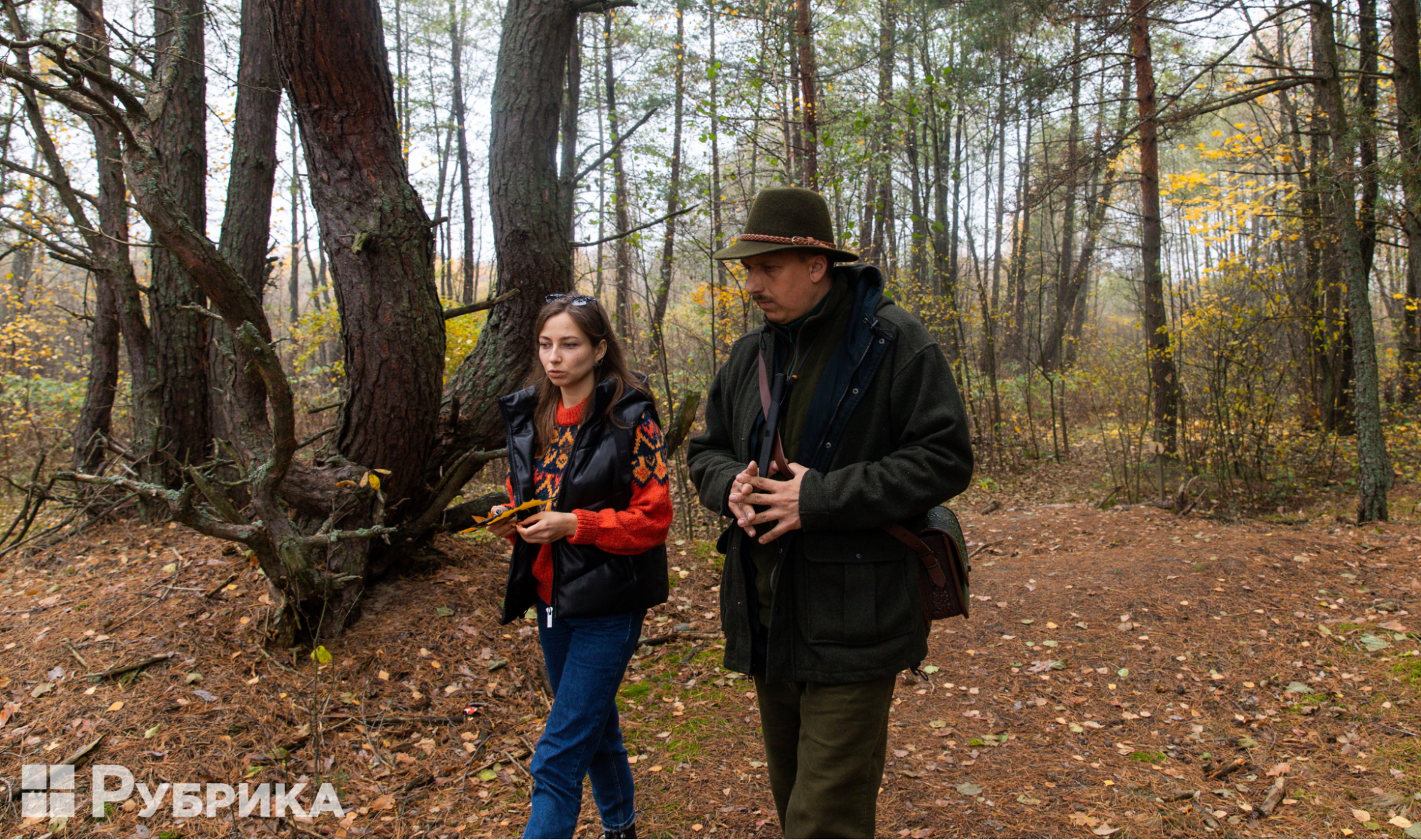
A forester by education, Andrii was the director of the Mizhrichynskyi Landscape Park for many years and has known every corner of it. Now he conducts tours for those who want to visit the park along the paths and locations he is familiar with.
In the park, you can find out how people used to spend the nights and how they built safe fires for the forest, how to protect beehives from bears, take a walk through the swamp and learn why its existence is essential for the ecosystem, go birdwatching, try to lure a deer or moose that live here, and—the main thing—to walk through the mushroom places and collect ceps, bay boletes, golden chanterelles or russulas. The choice is up to you.
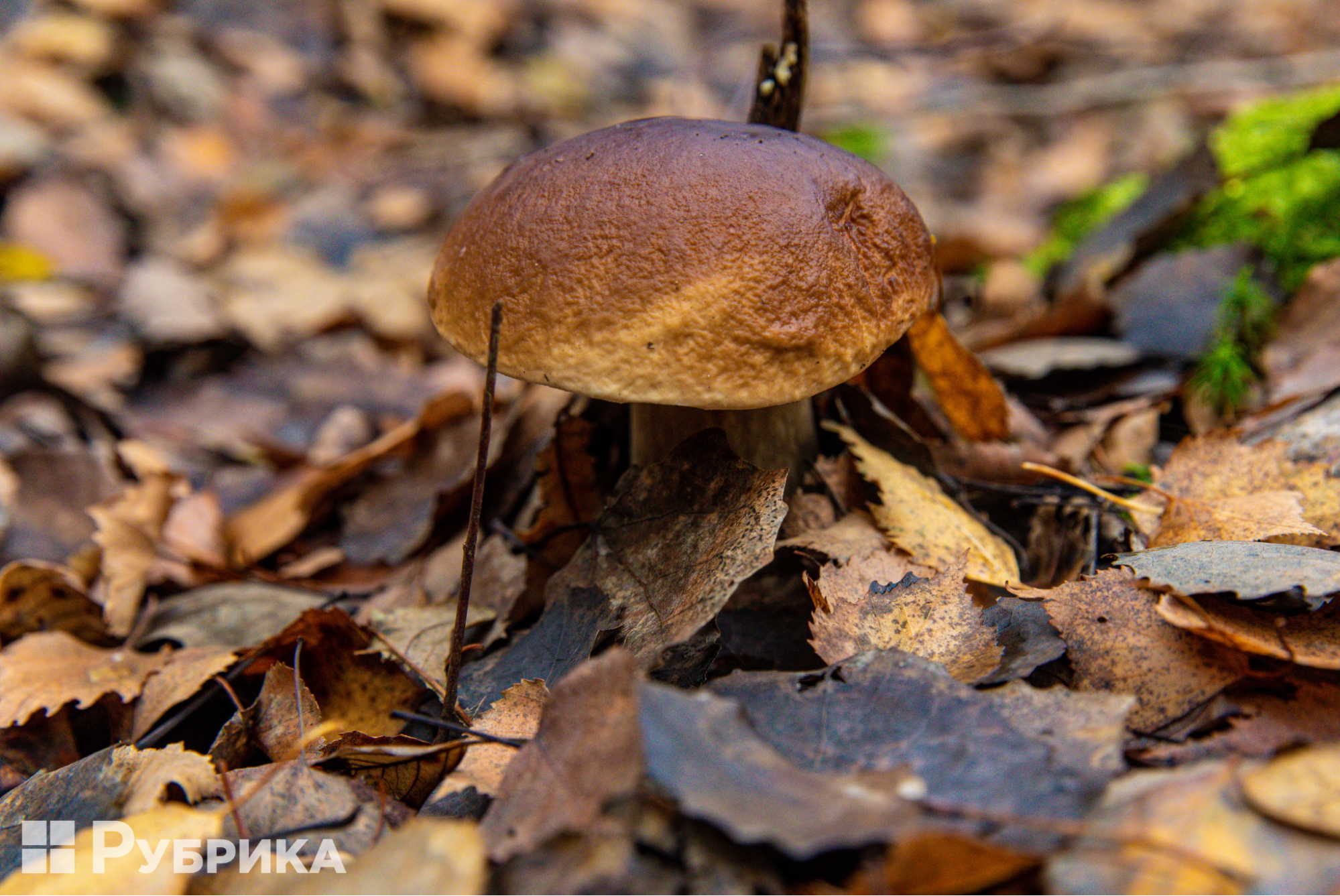
These routes are well-known to Andrii. He is often in the forest, as he says, "for work," so we feel safe walking with him along the forest paths. And the woods are mined not far away, 30 kilometers from us to the north. Due to past hostilities, many explosive items remained there, Andrii says.
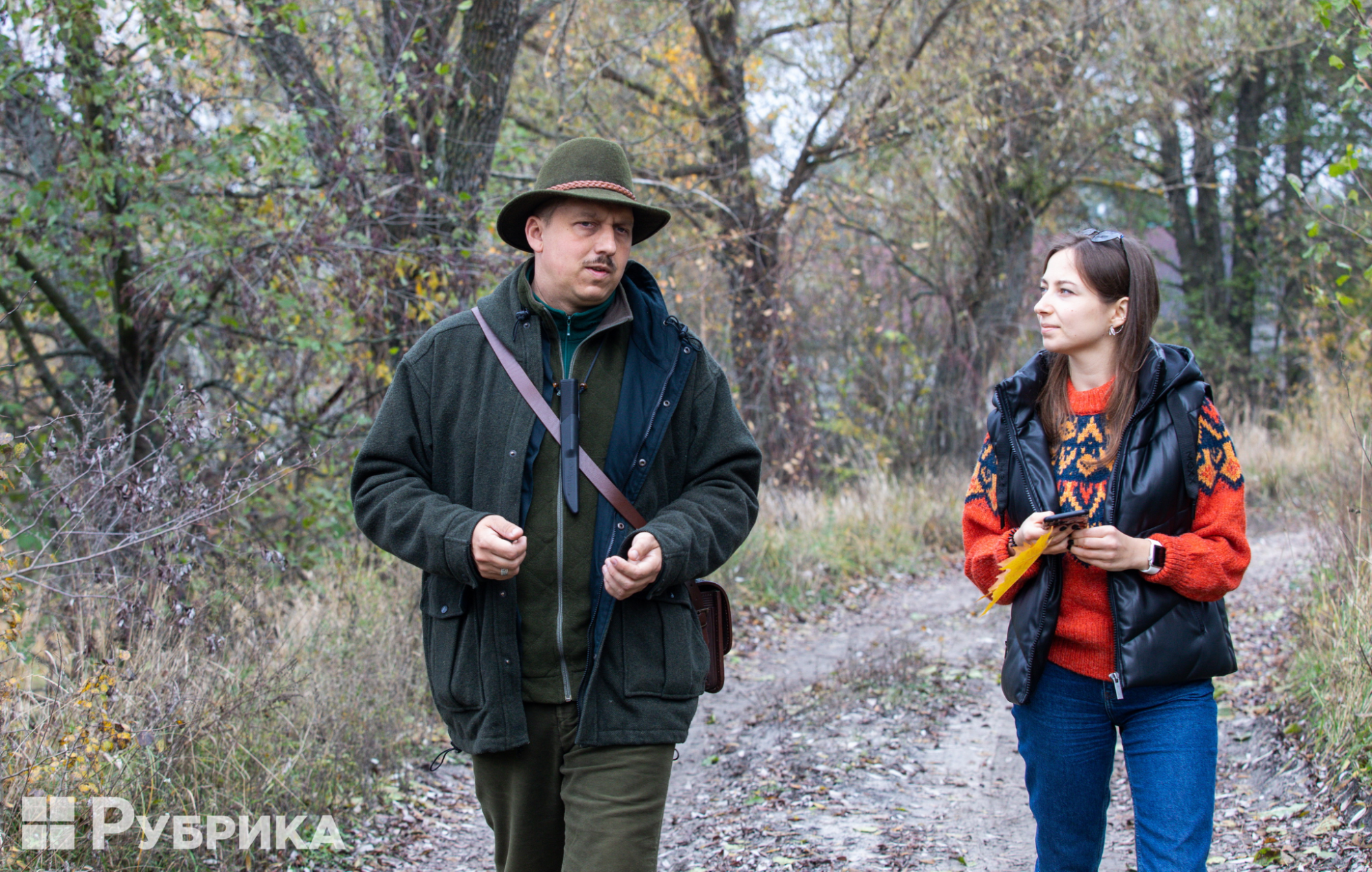
You can order such a tour by contacting Andrii Sahaidak on Facebook or by calling him (the number is also listed on the page). But what should those too far to travel to the Chernihiv region do?
Even in regions where it's not forbidden to go to the forests, you must consult with foresters
If you've already decided to go for mushrooms, Andrii Sahaidak advises you to find a local forester and ask him which areas are safe to walk:
"They know the area, where landmines were, where strikes have been, and where it is safe to walk. But this applies only to regions where visiting forests is not prohibited, " emphasizes Andriy.
Hanna Lobchenko adds more advice:
- Community leaders, territorial defense representatives, and the Ukrainian army's relevant forces have accurate information about mined objects. If needed, for example, for recreation, you can turn to the community with a request to define a dangerous zone.
- You can also view information on the State Emergency Service interactive map: https://mine.dsns.gov.ua/ or the Demining of Ukraine mobile application.
- Recreational points of foresters located near roads and lakes are safe. You can obtain information about them from the nearest forest farm.
- The same is the case in the institutions of the nature reserve fund; you can obtain information from the reserve or national nature park office, where they will advise you on safe routes.
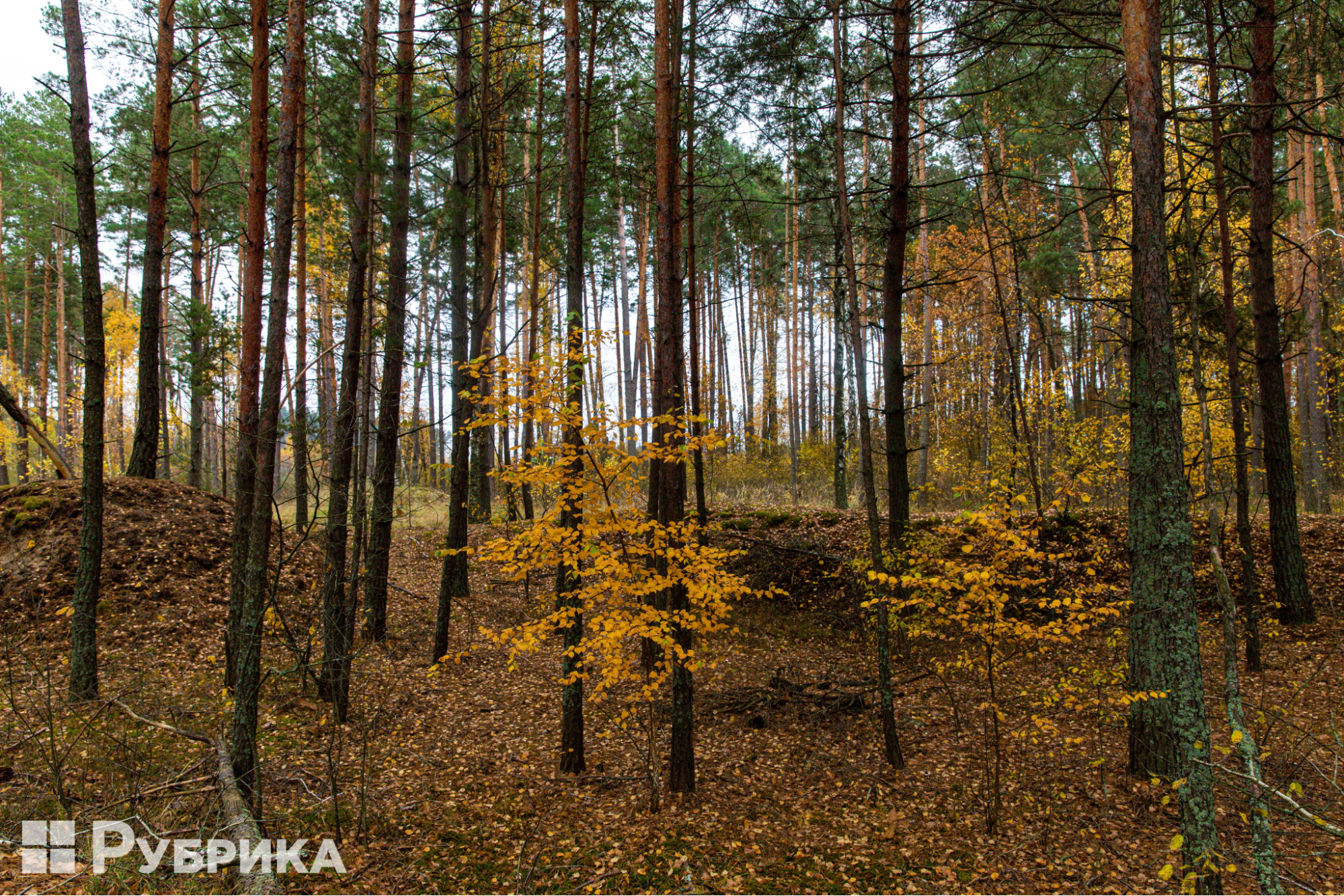
There is good news: Ukraine's State Agency of Forest Resources is currently implementing a program to create safe recreation areas in forests in cooperation with local bodies of the State Emergency Service and local authorities. Visiting these State Forestry Recreation Areas is the best way to have a safe vacation.
You can get a fine if you choose the wrong place to collect mushrooms!
According to Article 70 of the Code of Ukraine on Administrative Offenses, liability in the form of a fine is established for the random collection of wild fruits, nuts, mushrooms, and berries. But a person can be held liable only if such collection is carried out in areas where it is prohibited or allowed only with forest tickets.
Liudmyla Slominska, manager of the Forests department of WWF-Ukraine, explains. Often, any object of the nature reserve fund is called a "reserve," but many categories will have different handling and visiting conditions. Nature protection territories can be biosphere reserves, nature reserves, national natural parks, regional landscape parks, sanctuaries, natural monuments, protected tracts, etc. Here are some simple rules to remember:
- Collecting mushrooms or plants in nature reserves and protected areas of biosphere reserves, national parks, and regional landscape parks is strictly forbidden.
- In all other territories, for example, in the zone of regulated recreation or the buffer zone of national natural parks, in nature reserves, in economic zones of national parks, and in regional landscape parks, it is allowed to gather mushrooms for personal consumption, but not on an industrial scale.
- It is forbidden to collect mushrooms listed in the Red Book of Ukraine, regardless of where they grow.
You can find out about the type of nature conservation area on the official website of a specific Ukraine's Nature Reserve Fund object. You should clarify detailed information about zoning and the regime at the reserve and park administrations. You can find their contacts on official websites.
More information about the places of strength and alternative safe recreation in nature is available at WWF-Ukraine here.
If you've already chosen a safe spot: pick mushrooms safely
- Choose the right suit for walking in the forest. Clothes should be warm, and shoes should be moisture-resistant.
- Bring water, a light snack, and matches, just in case.
- Stay within the designated paths. If you go with a group, follow each other so as not to get lost.
- Make sure your phones are charged.
- Take a small knife with you. The fact that one cannot twist mushrooms out of the ground is a myth. Andrii Sahaidak explains: this is just the fruiting body of the mushroom, and after removing it, you will not harm the mycelium in any way, but you will need a knife to clean the mushroom from the ground, leaves, and needles.
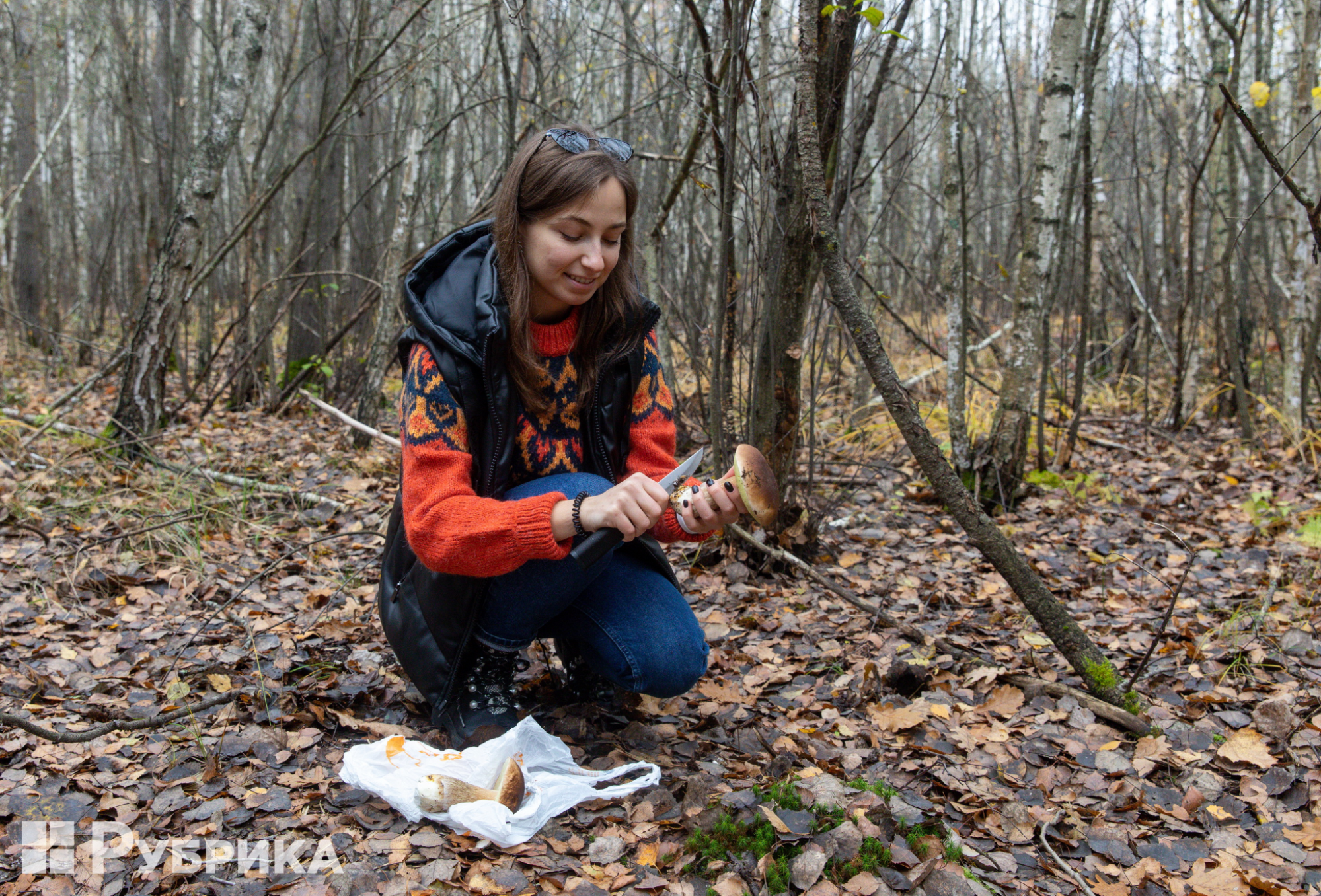
- Collect only edible mushrooms, you know. It is good if someone checks your harvest. Consumption of some types of mushrooms leads to death. The death cap pictured below has a pleasant smell and taste but is poisonous. After eating, a person does not have any symptoms of poisoning, but after two days, the liver fails, which leads to death. But the lethal dose of amanitas' agaric for adults is 3–4 kilograms.
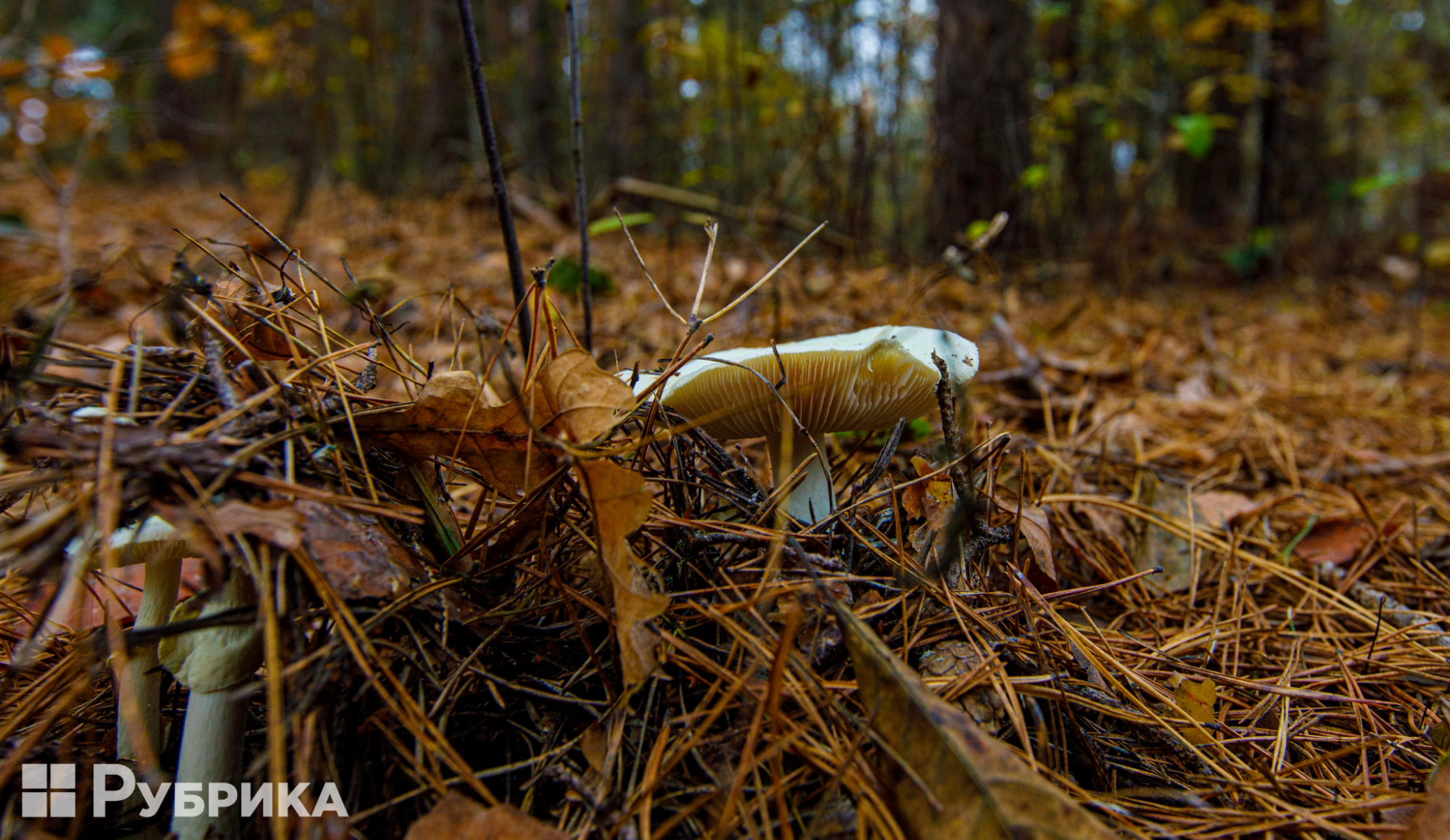
- You may meet snakes in the forest. The most common are grass snakes, whose bites are safe for humans, and vipers, poisonous but not fatal. If you have been bitten by a viper, in no case do not squeeze the limb near the bite; this will only increase the concentration of the poison and lead to more dangerous consequences. It is better to consult a doctor who will prescribe treatment immediately.
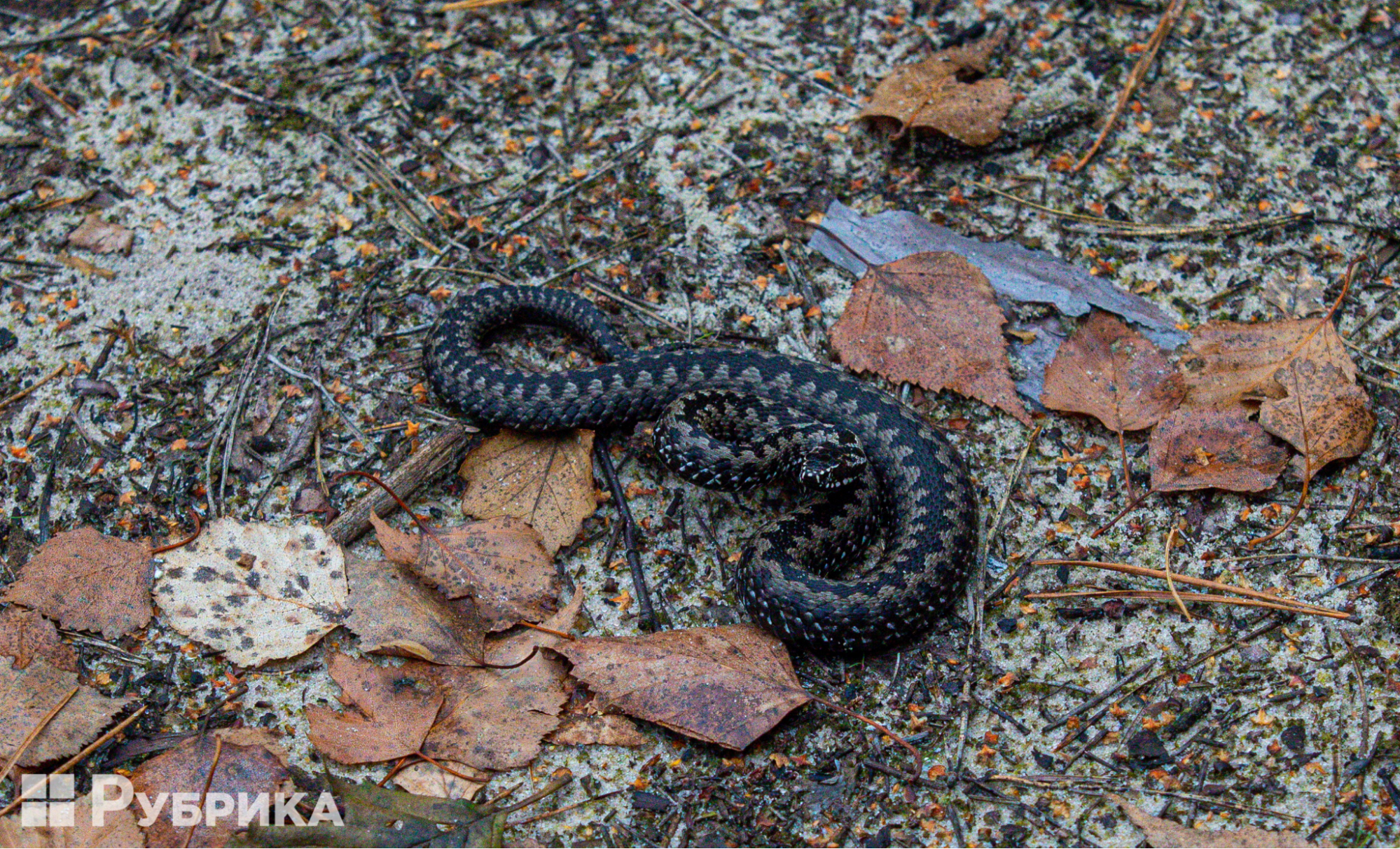
- After you leave the forest, check yourself and your companions for ticks.


